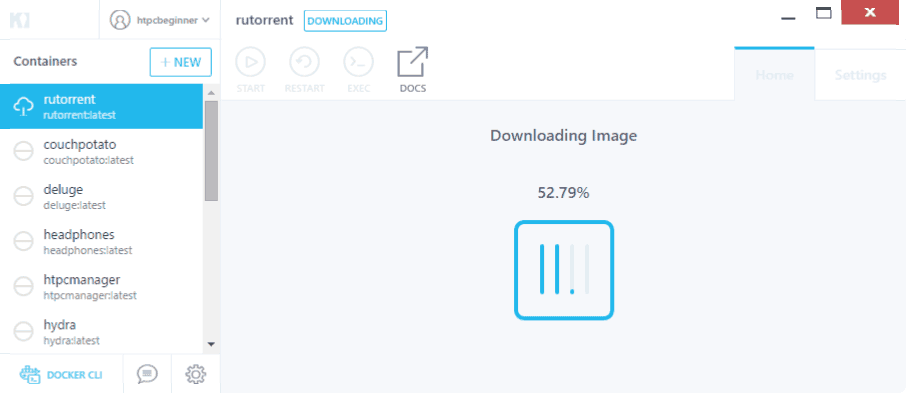
For this reason, you can have almost any Linux OS as your host operating system (Ubuntu in the previous illustration) and be able to layer other OSes on top of the host. Docker relies on using the host OS’s Linux kernel (since almost all the versions of Linux use the standard kernel models) for the OS it was built upon, such as Red Hat, CentOS, Ubuntu, and so on.
#USE KITEMATIC TO LINK CONTAINERS FULL#
This illustration gives us a lot of insight into the biggest key benefit of Docker and that is its no need for a full operating system every time we need to bring up a new container, which cuts down on the overall size of containers. In the following illustration, we can see the typical Docker setup on the right-hand side versus the typical VM setup on the left-hand side: Now, let’s take a look at the differences between Docker containers and the typical virtual machine environments. This helps in not having to do things differently when you go from a development environment like that on your local machine to a production environment on your server. The actions you do to the containers that you run in these environments locally on your own machine will be the same commands or operations you run against them when they are running in your production environment. This lets you create images in virtual environments on your laptop and run commands or operations against them. Docker is a container management system that helps easily manage Linux Containers ( LXC) in an easier and universal fashion. Difference between Docker and typical VMsįirst, we must know what exactly Docker is and does. Lastly, in this section, we will look at the Docker networking/linking. We will also take a look at Dockerfile and all the magic it can do. In this section, we will be covering the structure of Docker and the flow of what happens behind the scenes in this world. Useful commands for Docker, Docker images, and Docker containers.Types of installers and how they operate.

In this article, we’re going to review the following higher level topics with subtopics in each section: (For more resources related to this topic, see here.)

But if you don’t already have the required knowledge at this point, this article will help give you the basics. This article will cover the Docker basics that you should already have a pretty good handle on.


 0 kommentar(er)
0 kommentar(er)
